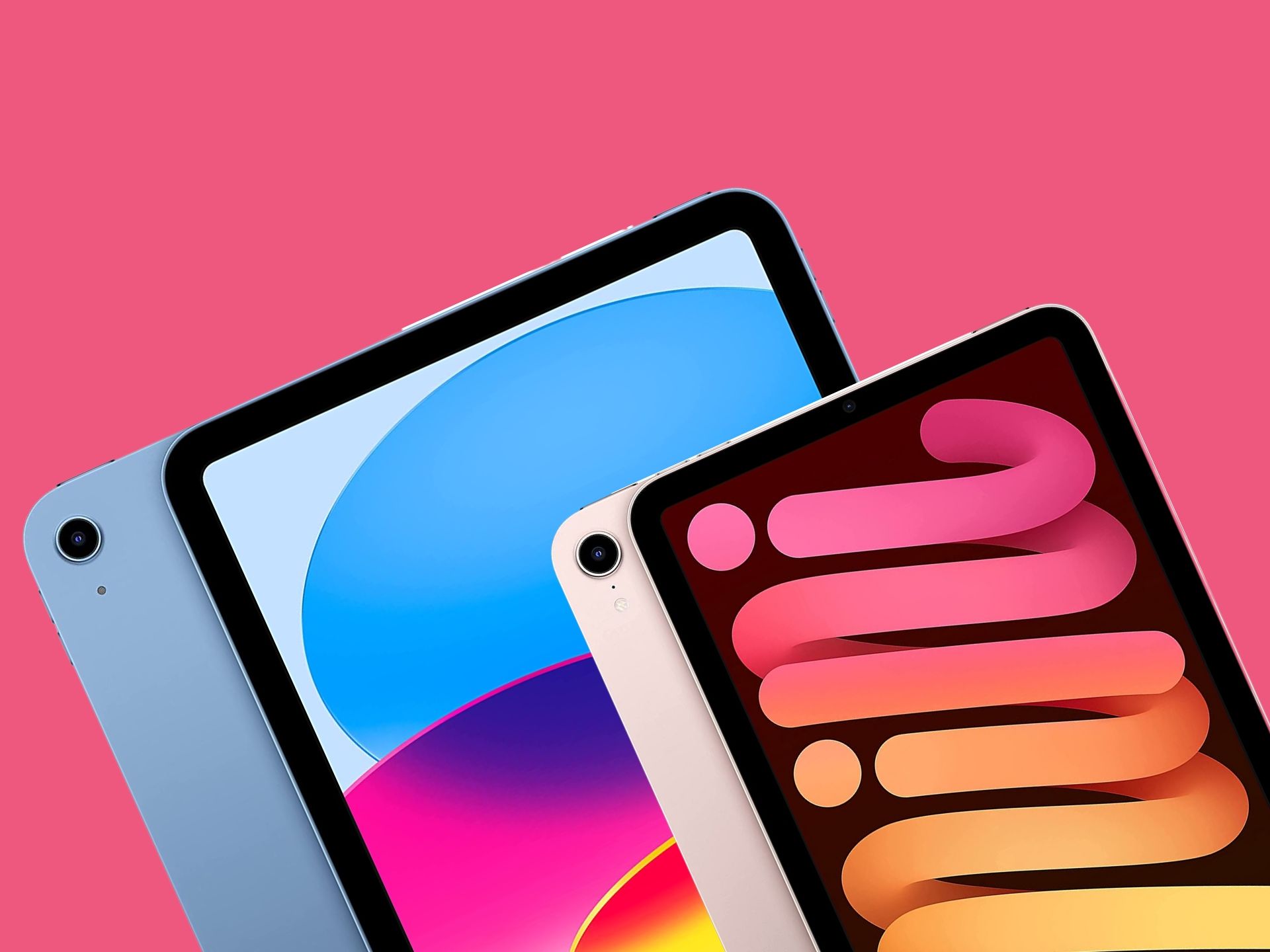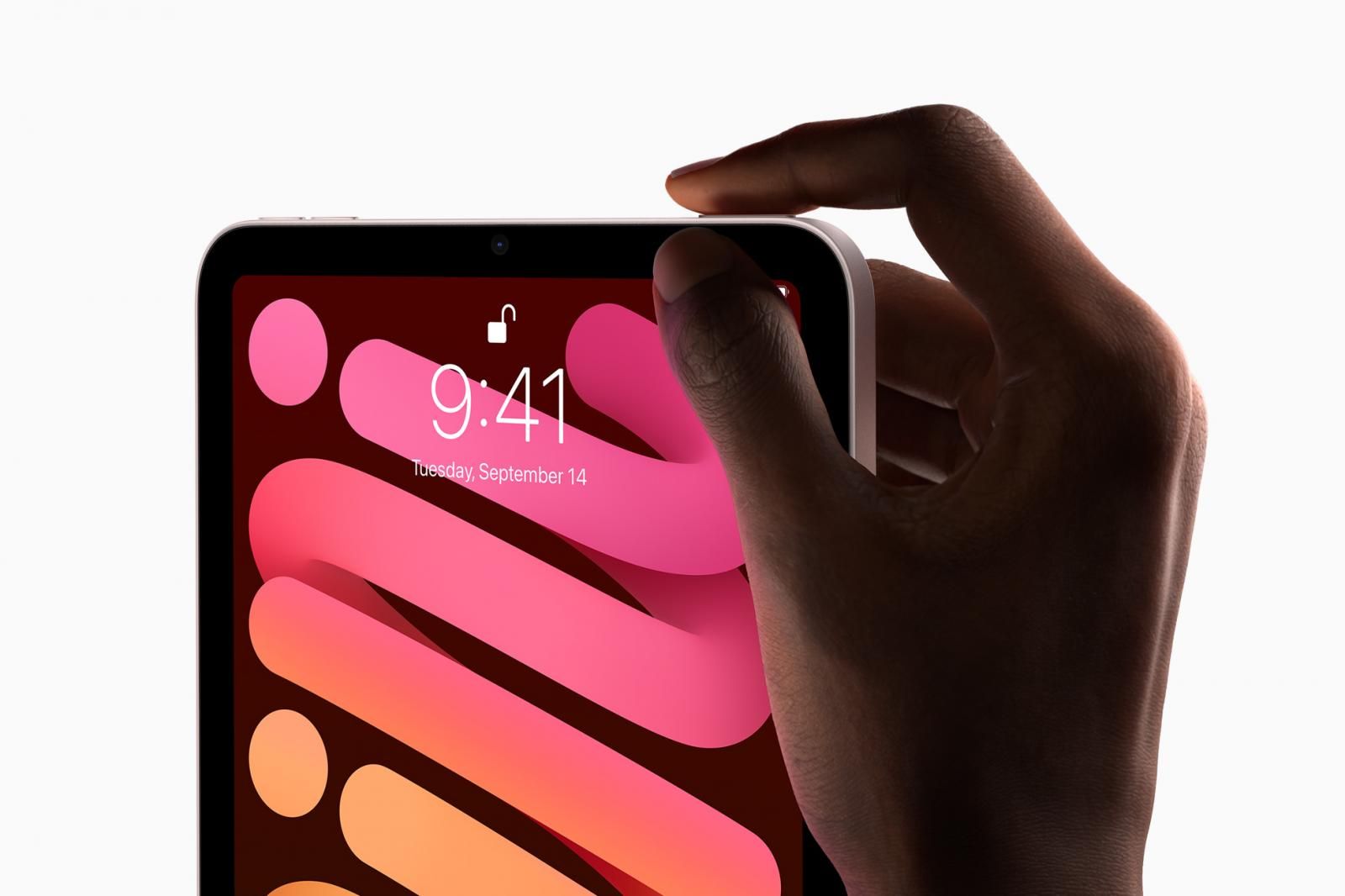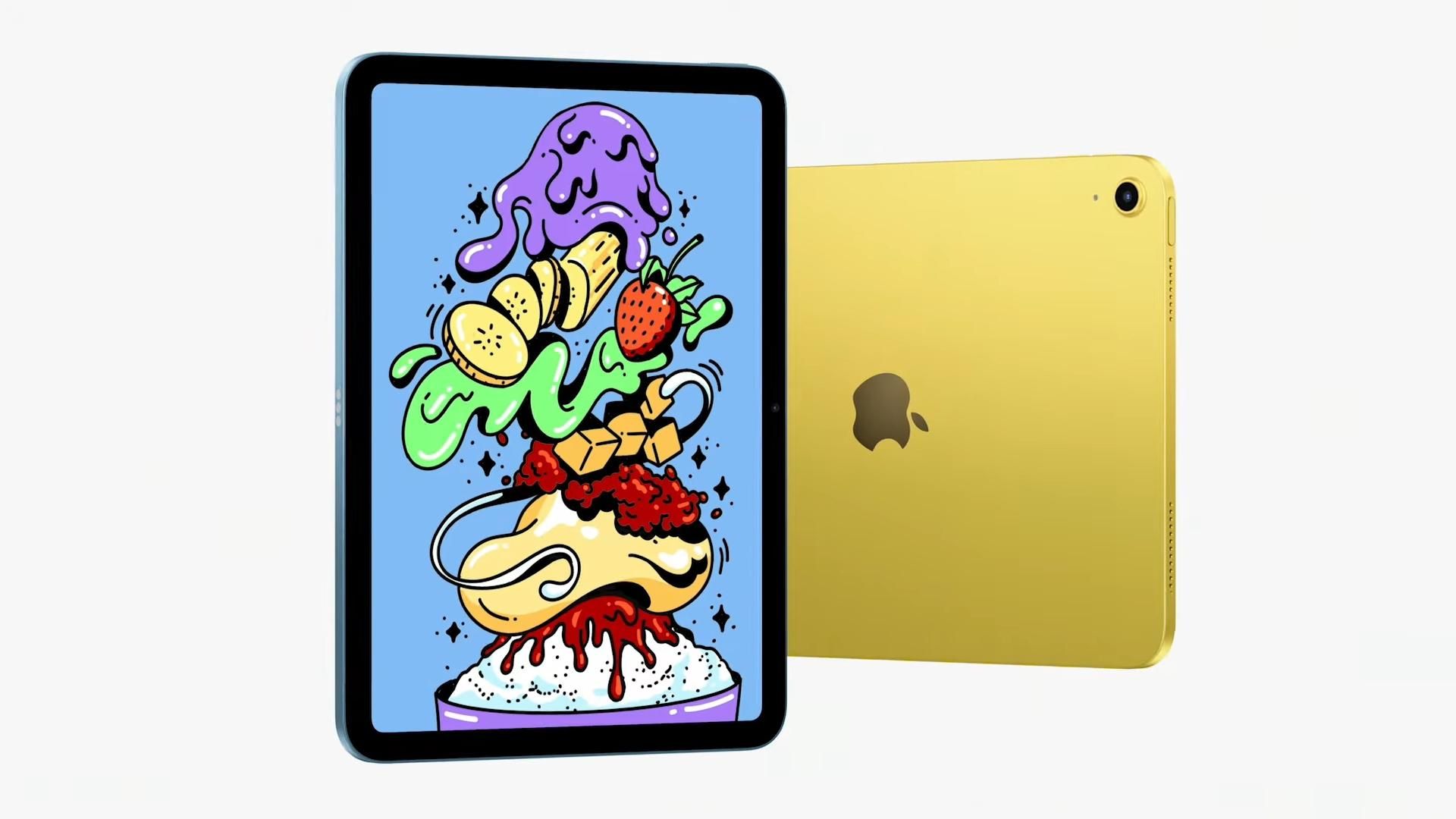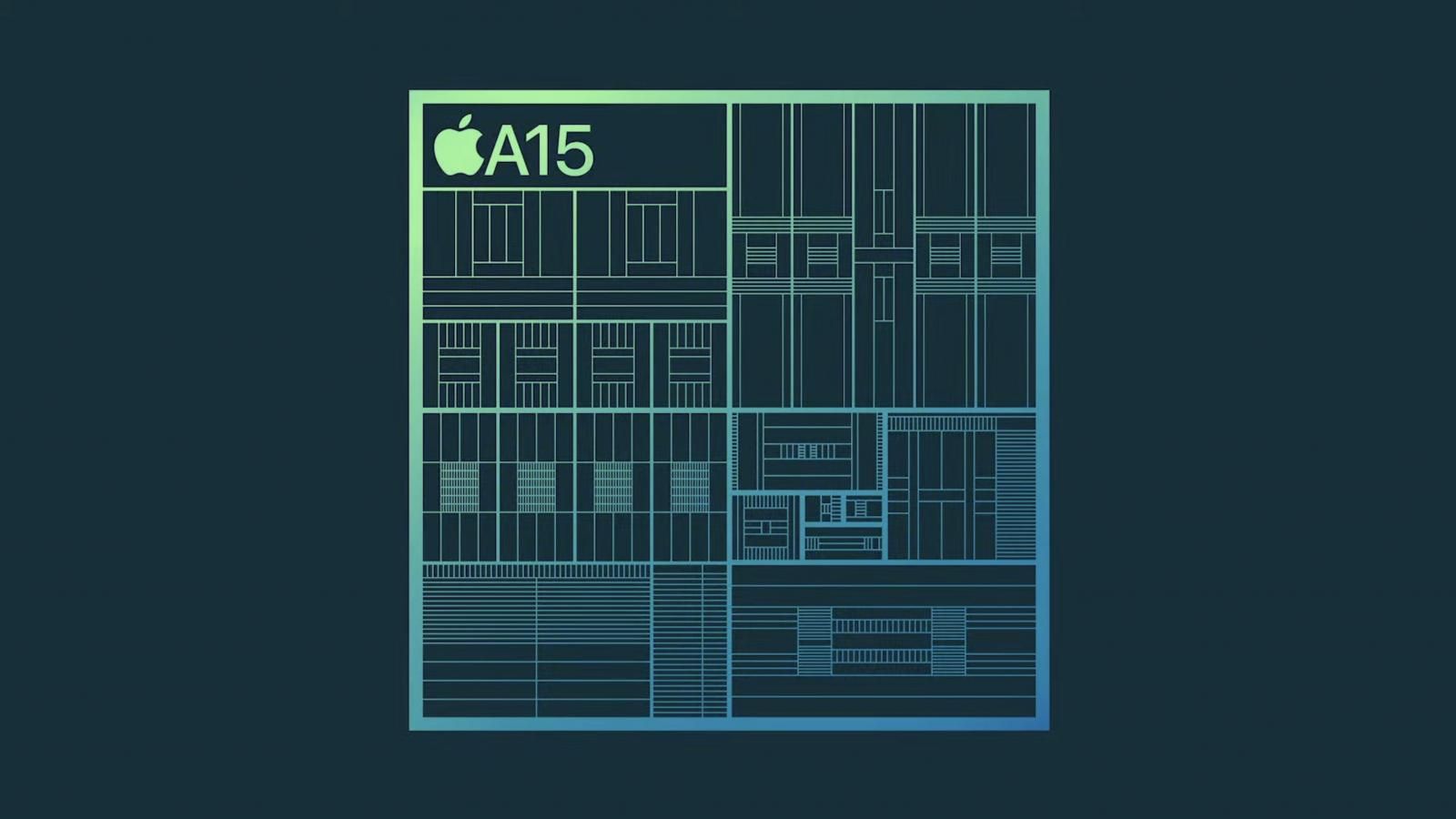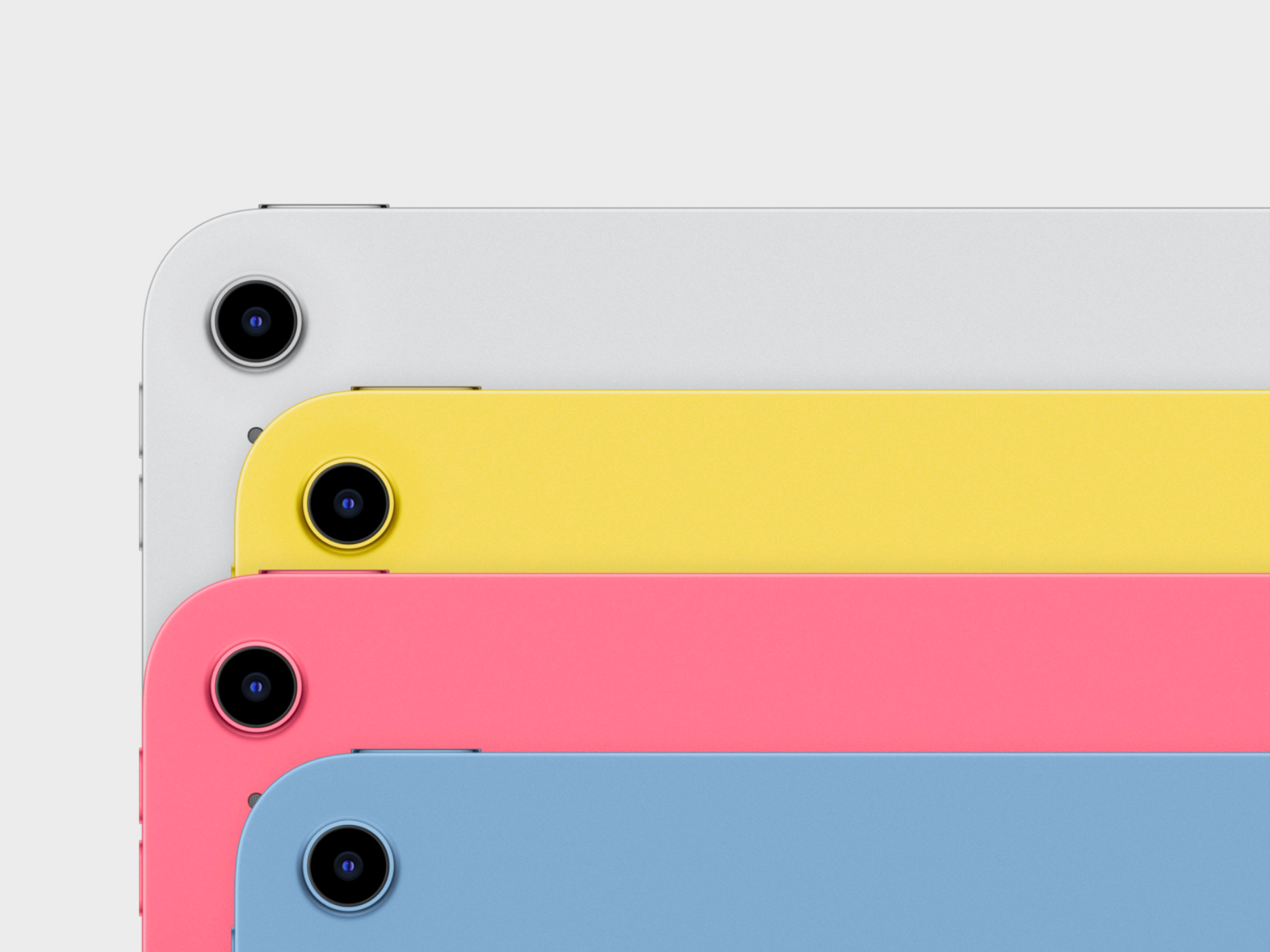Quick Links
If you're in the market for an iPad, choosing the right one can be a confusing ordeal — especially with the variety of models Apple currently sells. While the $329 9th-generation iPad is still a great buy, its aged design might leave you wanting something more modern.
If that is the case, the 10th-generation iPad and 6th-generation iPad mini are next in line to consider, and while they share many aspects, they serve different use cases. Here we break down how they compare to help you decide which one to buy.
Price
The 10th-generation iPad will cost you $449 for its 64GB variant, while the iPad mini starts at $499. Although the iPad mini is a one-of-kind device with no real competition in the market, you will see deals bringing its price down to the $450 range.
We listed the available specifications for you below:
|
Storage |
iPad (10th-generation) |
iPad mini (6th generation) |
|---|---|---|
|
Wi-Fi |
$449 (64GB) $599 (256GB) |
$499 (64GB) $649 (256GB) |
|
Wi-Fi + Cellular |
$599 (64GB) $749 (256GB) |
$649 (64GB) $799 (256GB) |
Design
The 10th-generation iPad made its way to the market in October 2022, becoming the last device to adopt Apple's new design philosophy for the iPad. Gone are the thick bezels and the Home Button — elements that have defined the iPad for the majority of its lifetime.
The 6th-generation iPad mini underwent its design overhaul last year; this means both devices will look and feel similar, except for the difference in size.
Flat sides, rounded corners, same-sized bezels around the screen, and a Top Button with an embedded Touch ID sensor are design hallmarks on both tablets. Both tablets also did away with headphone jacks, meaning wireless earbuds or those that connect via USB-C will be a requirement.
Two minor aspects in which the iPad mini differs from the 10th generation are its support for the 2nd-generation Apple Pencil and the inclusion of a flash for the rear camera. Now, the 10th-generation iPad also has a unique element; a landscape front-facing camera tucked within the bezel on its longer side.
We hope Apple can implement the change in its other tablets soon.
Display
The 10th-generation iPad has a 10.9-inch Liquid Retina display; as mentioned earlier, it has even bezels all around. Compared to the previous generation, it's a significant upgrade as the panel is 0.7 inches larger. On the other hand, the 6th-generation iPad mini has an 8.3-inch panel.
Now, although smaller, the iPad mini does have better overall hardware. Its display is laminated, meaning the panel is attached to the glass, leaving no air gap; this results in better contrast ratios, which makes watching content much more enjoyable. It also displays a wide range of colors (P3 color gamut). Lastly, an anti-reflective coating on this device helps improve visibility in bright locations.
The 10th-generation iPad has none of these advantages, but that decision does help in reducing repair costs — $30 cheaper when serviced by Apple.
Processing and Connectivity
At its core, the 10th-generation iPad has the A14 Bionic processor from 2020, whereas the iPad mini features the A15 Bionic from 2021. The hardware on these tablets can easily handle simple tasks like browsing or working within a web browser, reading books, and casual gaming, which means you'll find it hard to notice any marked difference between them in day-to-day use.
When it comes to connectivity, the 10th-generation iPad does support Bluetooth 5.2, while the iPad mini has hardware for Bluetooth 5.0. The former will provide more efficient performance and better support for connecting multiple devices. Though when it comes to cellular functionality, both devices support the same sub-6GHz 5G bands.
Cameras
Camera hardware between the two devices isn't very different. They feature rear sensors that can capture 4K footage and sharp 12 MP images. Regarding the front camera — the unit we'd expect you to use more — the hardware is again highly similar, with support for Center Stage. Still, the 10th-generation iPad is likely to provide a better experience due to the central position of its camera when using the tablet in landscape.
Usage Scenarios and Accessories
Now we look at how the hardware compares between the two devices, but usage scenarios and accessories are where the main differentiating points appear.
If you're looking for a tablet that will act as your way of catching up on the news, reading books, and occasionally playing games, the iPad mini is a great tool. Its ability to work with the 2nd-generation Apple Pencil makes it a great tool for note-taking or journaling.
The 10th-generation iPad can do all of the above things — except work with a 2nd-generation Apple Pencil — but brings in the aspect of a larger footprint that can get uncomfortable to hold for longer periods. It's more suited for somebody who plans to use their iPad for media consumption and get some work done when possible. Even the array of first-party accessories available for the tablet indicates this usage, as you can buy a great keyboard case for your iPad straight from Apple.
10th-generation iPad vs. iPad mini: Portability vs. Productivity
The comparison between the two devices boils down to whether you want your device only to help wind down or if you want it to be able to do more. The iPad mini is great if you're planning on catching up on books and occasionally taking notes.
Suppose you're looking into having a device that can act as a work machine when on the go; the 10th-generation iPad is a great device to consider. But mind you, if you want more value for your money, looking into Apple's lineup of refurbished hardware is something to keep in mind.
iPad 10th Generation
The 10th Generation iPad features a completely new design, a bigger 10.9-inch display, a faster 14 Bionic chipset, USB-C connectivity, 5G, and much more.
iPad Mini (6th generation)
The iPad mini (6th generation) combines the best iPad features into a compact package that's easy to handle and extremely lightweight. It supports the 2nd generation Apple Pencil and ships with the A15 Bionic processor.

